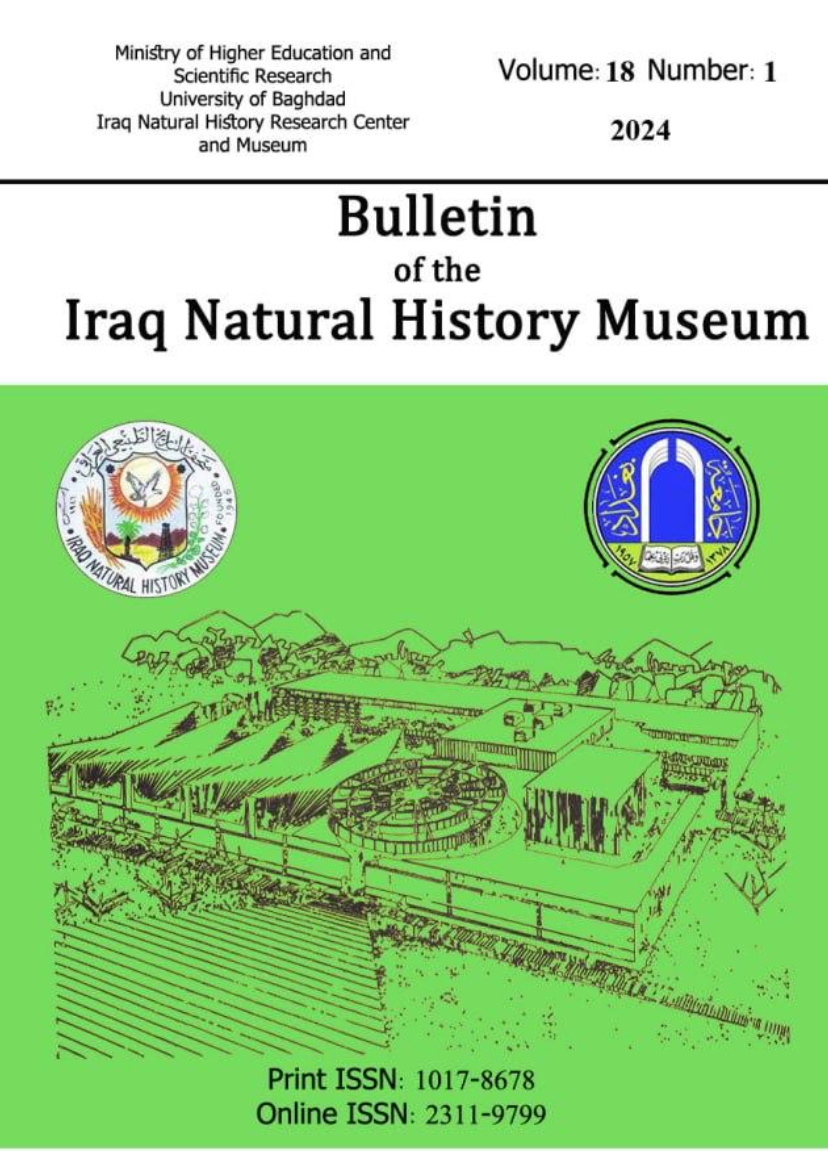APHIDIINAE (HYMENOPTERA, BRACONIDAE) DIVERSITY IN CITRUS AGROSYSTEMS OF GUELMA REGION, EASTERN ALGERIA
DOI:
https://doi.org/10.26842/binhm.7.2024.18.1.0091Keywords:
Algeria, Aphids parasitoids, Inventory, Non-parametric estimators, Orange.Abstract
The importance of understanding auxiliary insects in agroecosystems has become increasingly necessary due to the overuse of chemical products that disturb their presence and sometimes lead to their extermination without our awareness of their existence. The objective of this research project is to conduct the first inventory of aphid parasitoids in the Aphidiinae subfamily in orange orchards in the Guelma Region (Eastern Algeria) and to estimate the number of species present in this region using four non-parametric estimators. The results revealed the presence of ten species, namely Aphidius matricariae (Haliday, 1834), Aphidius sp., A. ervi (Haliday, 1834), Binodoxys angelicae (Haliday, 1833), B. acalephae (Marshall, 1896), Diaeretiella rapae (McIntosh, 1855), Ephedrus plagiator (Nees, 1811), Praon volucre (Haliday, 1833), Lipolexis gracilis (Foerster, 1862), and Lysiphlebus testaceipes (Cresson, 1880) . Among these species, L. testaceipes, B. angelicae, and A. matricariae were the most dominant during the study period. Binodoxys acalephae, despite being present in small numbers, had a ubiquitous ecological status, while A. matricariae, A. ervi, B. angelicae, D. rapae, and L. testaceipes maintained a constant status. According to the non-parametric estimators, the number of species varied, but the average was 11.39 ± 0.54 species, indicating that the richness could increase to 12 with a sampling accuracy of 87.74%. Despite their low abundance, the richness of Aphidiinae species in the orange orchards could be used in a biological control context.











